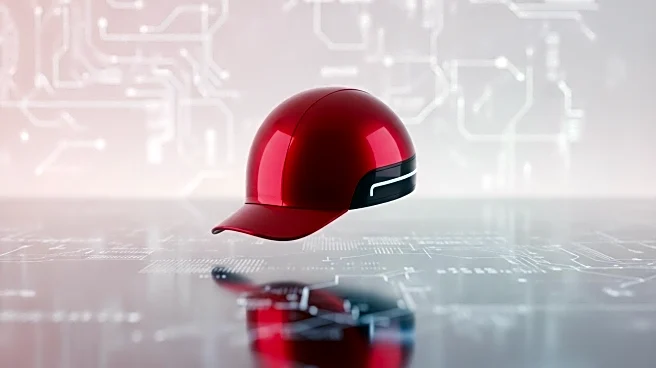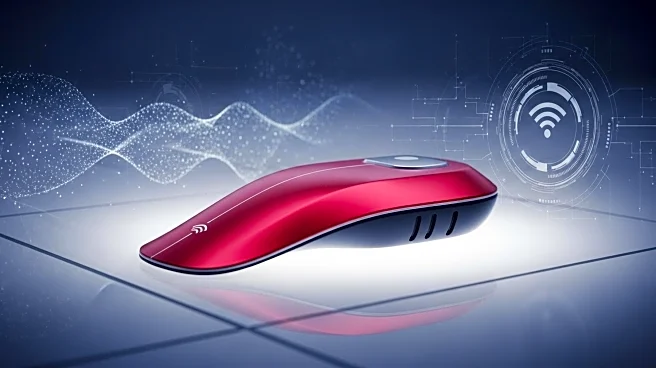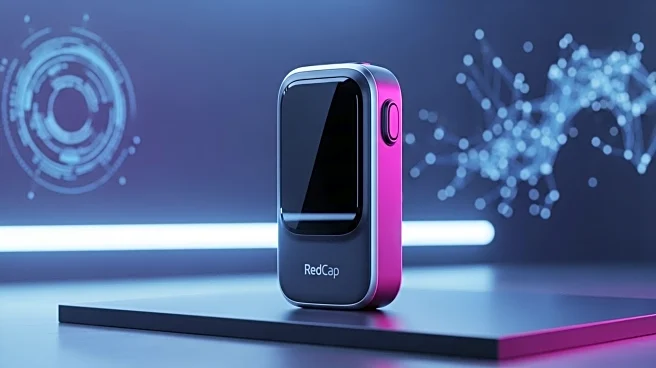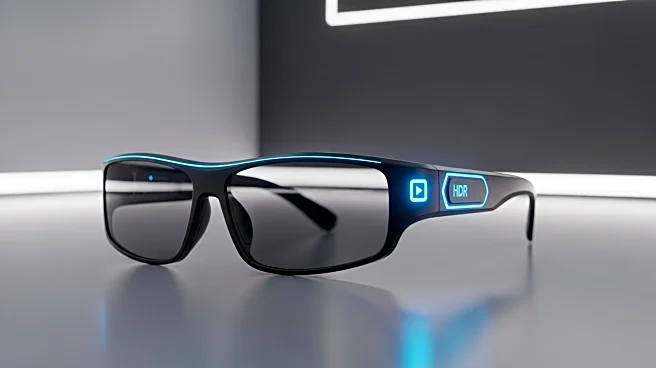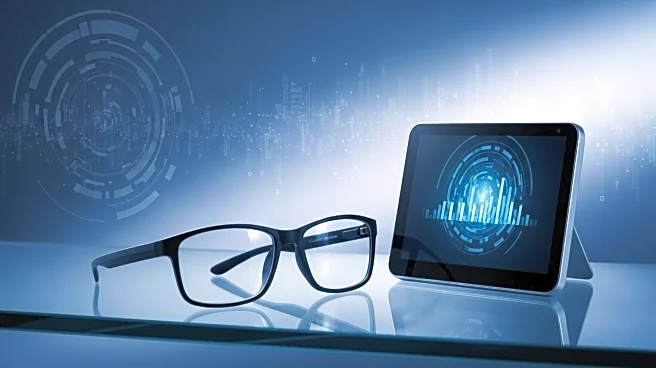What's Happening?
Operator e& UAE has introduced Reduced Capability (RedCap) technology on its 5G standalone network, marking the first live RedCap use case in the UAE with a smartwatch. This technology optimizes device performance for mid-tier IoT applications, offering benefits such as higher data rates, reduced latency, and lower power consumption. RedCap enhances wearable technology with seamless connectivity and robust security, while also supporting diverse industrial applications. The smartwatch use case demonstrates reliable connectivity and extended battery life, showcasing the potential for RedCap to transform IoT devices and applications.
Why It's Important?
The implementation of RedCap technology by e& UAE signifies a major advancement in IoT connectivity, potentially transforming industries such as manufacturing, logistics, and smart cities. By reducing device complexity and cost, RedCap enables broader adoption of IoT solutions, offering new monetization opportunities for businesses. The enhanced security features of the 5G SA network ensure data protection, making RedCap a viable option for business-critical applications. This development positions the UAE as a leader in secure 5G IoT innovation, driving economic growth and technological advancement.
What's Next?
e& UAE plans to expand the adoption of RedCap technology across various industries and wearable devices, progressing towards 5G-Advanced capabilities. The operator has implemented a certification process for RedCap devices to ensure performance and security, paving the way for widespread integration of this technology. As RedCap technology gains traction, it is expected to drive innovation in IoT applications, enhancing connectivity and efficiency across sectors.
Beyond the Headlines
The introduction of RedCap technology raises questions about the future of IoT and its impact on privacy and security. As IoT devices become more prevalent, ensuring data protection and addressing ethical concerns will be crucial. The advancement of RedCap technology could lead to long-term shifts in how industries approach connectivity and device management, influencing regulatory frameworks and consumer expectations.

